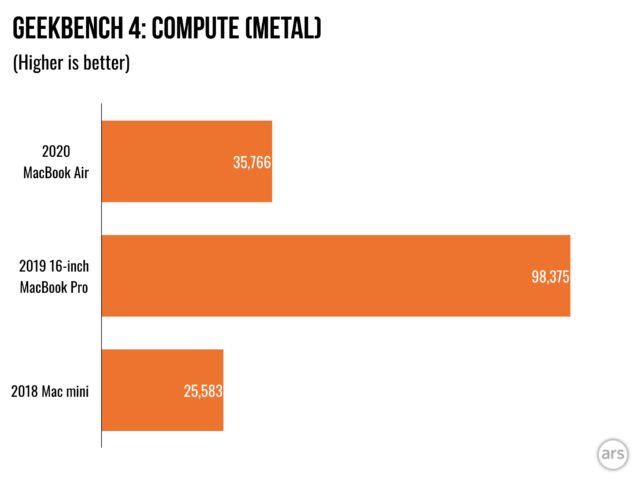
:no_upscale()/cdn.vox-cdn.com/uploads/chorus_asset/file/19949430/benchmark_graphic.png)


- #Geekbench macbook pro 2017 android#
- #Geekbench macbook pro 2017 software#
- #Geekbench macbook pro 2017 plus#
#Geekbench macbook pro 2017 software#
And the comparison with the A11 Bionic is just unfair.Īpple's ability to achieve such things is largely because it controls everything about its SoCs - from the software they power to the hardware they run inside - and amortises costs by producing these chips at scale. Meanwhile, the MacBook 12 is marginally better in the Geekbench 4 benchmark (single-core and multi-core), while. The MacBook Pro 'Core i5' 2.3 13-Inch (Mid-2017 Retina Display, Two Thunderbolt 3 Ports) is powered by a 14 nm, 7th Generation 'Kaby Lake' 2.3 GHz Intel 'Core i5' processor (7360U), with dual independent processor 'cores' on a single silicon chip, 64 MB of eDRAM embedded on the processor die, and a 4 MB shared level 3 cache.
#Geekbench macbook pro 2017 plus#
The devices that use it - the Xiaomi Mi 6, the Samsung Galaxy S8, and the Huawei P10, respectively - did a good job outpacing the iPhone 7 and iPhone 7 Plus in multicore scores, though they couldn't compete in single-core performance. Apple MacBook (2.8 GHz, 555) Apple MacBook Air 13.3' 1.8 GHz (2017). The A11 is markedly faster than three biggest other smartphone chips: Qualcomm's latest Snapdragon, the 835 Samsung's Exynos 8895 and Huawei's proprietary Kirin 960. Testing conducted by Apple in September 2021 using preproduction 14-inch MacBook Pro systems with Apple M1 Pro, 10-core CPU, 16-core GPU, 32GB of RAM, and 8TB SSD, as well as production 2.3GHz quad-core Intel Core i7-based 13-inch MacBook Pro systems with Intel Iris Plus Graphics, 32GB of RAM, and 4TB SSD.
#Geekbench macbook pro 2017 android#
Moving to the seemingly more sensible comparisons with its Android peers, the A11 Bionic is, however, all the more impressive. Since the underlying processor architecture hasn’t significantly changed between the 20 models, the increases in performance are due to higher Turbo Boost frequencies, more cores, and DDR4 memory. Still, that we can put an iPhone in the same ballpark as a MacBook Pro (not even a standard MacBook) is a testament to Apple's engineering prowess and its optimisation work. 2017 Apple MacBook Pro with 2.3GHz Intel Core i5 (13-inch, 8GB RAM, 128 SSD Storage) - Space Gray (Renewed) 4.1 out of 5 stars 1,513 446.92 446. MacBook Pro (15-inch) Performance For the 15-inch models, single-core performance is up 12-15, and multi-core performance is up 39-46. GeekBench 4.01 multi-threaded performance Another popular cross-platform benchmark is Primate Lab’s. This is also what happens when we consider the comparison with the MacBook Pro, which has a significantly larger screen that also contains many more pixels. The MacBook Pro 15’s Radeon Pro 450 is competent, but the Surface Book i7 and XPS prevail. MacBook Pro 15' 2017i7 7920HQ16GB DDR3 RamAMD Radeon Pro 560Benchmarks Ran:Cinebench - 693Firestrike: 4,163Heaven: 855Geekbench 15,600Games Tested:Counter St.


 0 kommentar(er)
0 kommentar(er)
